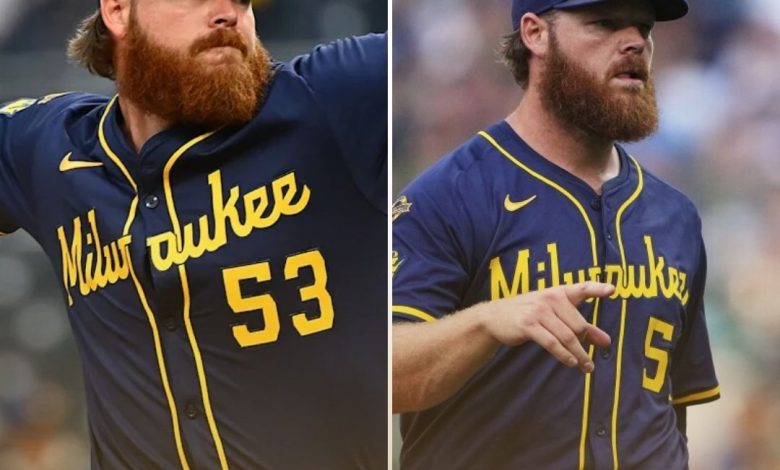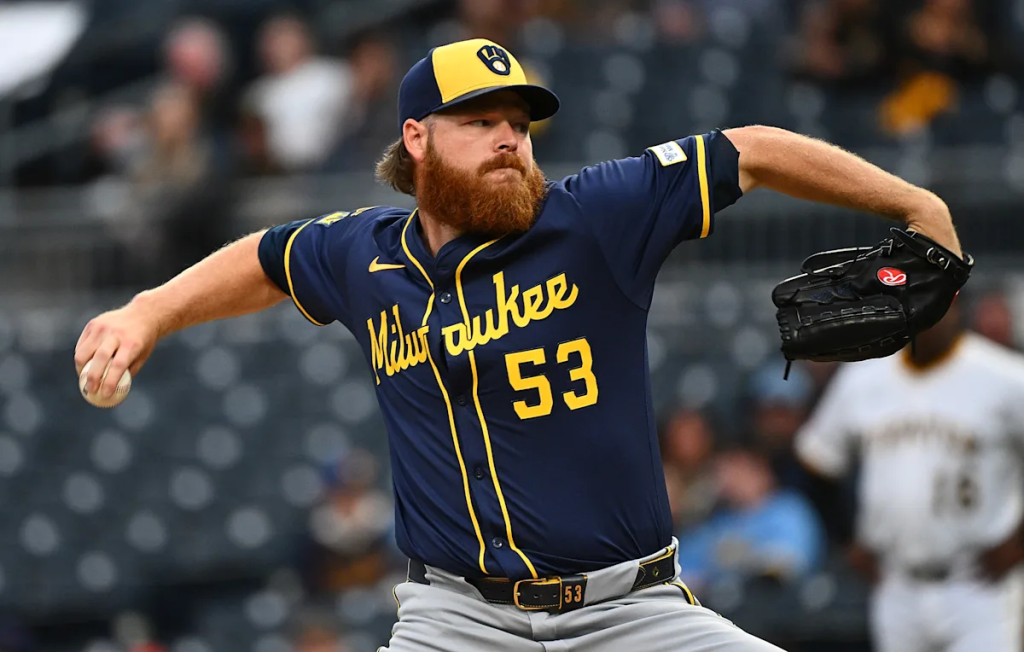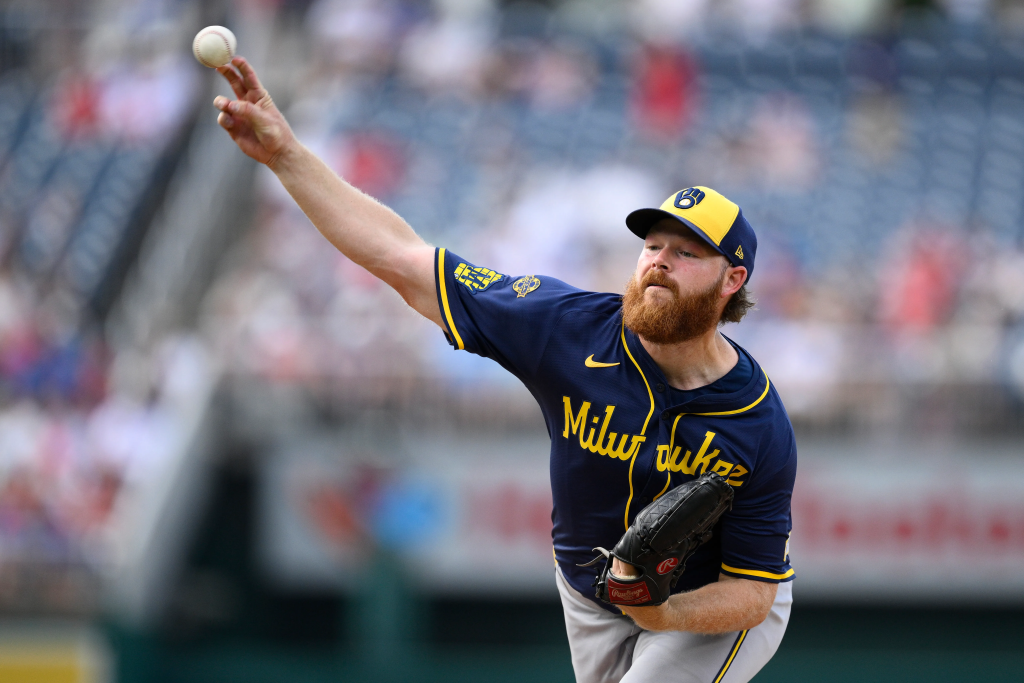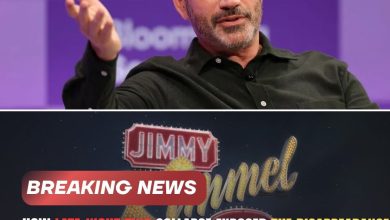Big decision ahead: should Brandon Woodruff take the qualifying offer or bet on himself in free agency? .MH

The Milwaukee Brewers extended a qualifying offer to Brandon Woodruff on Thursday afternoon. How likely is it that he accepts?

The offseason is officially in full swing for the Milwaukee Brewers, and this week featured plenty of interesting roster decisions for the organization. One player at the heart of the conversation was Brandon Woodruff, who finds himself in a very fascinating situation as he approaches free agency.
Woodruff, the longtime Brewers arm who has been with the big-league staff since 2017, declined his half of a $20 million mutual option on Monday afternoon, making him a free agent this upcoming winter. He will receive a $10 million buyout as a result of his contract not being exercised.
On Thursday, however, Woodruff’s free agency got a bit more interesting when the Brewers extended him a qualifying offer. This year’s qualifying offer is worth $22.05 million, and he will have until Tuesday, November 18, to either accept or decline the one-year contract.
Should he accept, Woodruff will return to the Brewers in 2026 for that amount. If he declines, he will enter free agency and the Brewers would be in line to receive draft compensation should the veteran sign elsewhere.
Woodruff will be heading into his age-33 season and has been bogged down with injuries in recent years. When he has been healthy, however, he continues to be one of the top starters in baseball. It makes for very complex contract negotiations, but there’s no denying that he would be a major boost for any MLB rotation.
It feels as if Woodruff’s decision on the QO could go either direction, and there’s a strong argument to be made on both sides of the situation.
Why Brandon Woodruff Could Accept the Qualifying Offer

Offering Woodruff the qualifying offer was quite the gamble for Milwaukee; Should Woodruff accept the offer, his $22.05 million salary in 2026 will be the second-highest on the roster only to Christian Yelich ($24.03 million). That’s a significant financial commitment for an organization that likes to minimize spending.
If Woodruff were to hit the open market, it would be in search for a multi-year deal, most likely in the form of a two-year contract or a one-plus-one type of deal at a high AAV. He would likely be looking at an AAV in the $16-$22 million range, so what he would earn from the qualifying offer would likely be near the top of that range.
While contract length is likely at the top of Woodruff’s wish list this winter, this gives him a chance to stay within an organization that he loves, is familiar with, and has had so much success with throughout his MLB career at an an annual price that is likely in line with what he is looking for.
That certainly makes the qualifying offer much more appealing for Woodruff. While a one-year deal isn’t what he’s seeking, there’s a compelling argument for Woodruff to accept.
Woodruff was drafted in the 11th round of the 2014 MLB draft out of Mississippi State. He made his MLB debut with the organization in 2017 and has experienced a lot of success, throwing to a 3.10 ERA with a 1.03 WHIP across his eight-year career. He also has two All-Star appearances and a top-five Cy Young finish under his belt over that time.
But his injury history greatly complicates his free agency and could ultimately be what pushes him to accept the QO.
Woodruff has made 30 starts just once in his career. More recently, he made just 11 starts in 2023 before hitting the shelf with a significant shoulder injury that forced him to miss the rest of that season, the entirety of 2024, and the first half of 2025.
He threw the ball well upon his return this season, but he once again missed the postseason after suffering a lat strain near the end of September that ended his season prematurely. It was a solid 3.20 ERA across 12 starts for Woodruff, but durability remains an issue as he ages.
With health all but a guarantee for Woodruff, perhaps a lucrative one-year deal is appealing given his injury history.
What’s more, should Woodruff decline the QO, it may hurt his demand this winter as well. Any team that signs a player who has rejected a qualifying offer is subject to the loss of draft capital, creating even more complications in what was already going to be an unclear market for Woodruff.
Therefore, Woodruff has an opportunity to avoid the uncertainty of contract negotiations this winter, stay within an organization he knows he can thrive with, and get paid a good amount in 2026 via the QO.
After all, should be put together a strong season in 2026, it would allow him to re-enter free agency next winter with no strings attached, as he would no longer be able to be tagged with the QO. Perhaps that’s where he pursues the long-term deal he’s been hoping to receive.
He would be sacrificing contract length and overall earnings in the short-term if he accepts, but given the circumstances, there is a compelling case for him to take the QO and return to Milwaukee in 2026.
Why Brandon Woodruff Could Decline the Qualifying Offer

When healthy, Woodruff has been one of the best starting pitchers in Major League Baseball, and he has the numbers to back that up.
Dating back to 2020, Woodruff has the fourth-lowest ERA among starters at 2.81. He’s not the pitcher he once was in the early 2020s following his shoulder surgery, but he showed in 2025 that he can execute at a lower overall velocity with pinpoint command to still generate frontline results.
Even baking in the injury risk, those results and that type of frontline profile may be enough for a team to commit a multi-year deal to Woodruff — especially with top-flight starting pitching coming at a premium in free agency.
Reports are that his lat injury was insignificant and shouldn’t impact his ability to pitch in 2026, so this is the first time Woodruff has entered free agency healthy with an opportunity to secure more overall earnings with a longer contract.
When the Brewers non-tendered him following the 2023 season, they brought him back on a two-year deal that guaranteed him $17.5 million ($2.5 million in 2024, $5 million in 2025, $10 million buyout on a $20 million mutual option in 2026). He has yet to get the payday he has long been after, and what he showed in 2025 is proof that he still has plenty left in the tank.
As was mentioned, health is all but a guarantee, and he is finally hitting free agency seemingly healthy and off a strong regular season.
Now, should he decline the qualifying offer, that does not rule out a return to Milwaukee. If that is really where he wants to be, the two parties can still negotiate a multi-year deal even if he doesn’t return on the QO. While that is rare, this is a situation where I could certainly see that happening given how much he enjoys being in Milwaukee and how valuable he is to the organization.
Final Thoughts

The growth that Woodruff demonstrated as a pitcher in 2025 was one of the most underappreciated storylines of the season. After battling through a taxing rehab from his shoulder injury, Woodruff reinvented himself and his arsenal and still managed to post top-flight results for the Brewers.
Woodruff’s average velocity on his four-seam was down 2.7 mph in 2025 compared to 2023, and the pitch still managed to generate the second-lowest batting average against in his career (.181). He also developed a cutter for the first time in his career, and the pitch yielded an opponent average of just .174.
It was the most he has ever lived in the strike zone (52.7%, the third-highest mark in MLB), leading to a career-low walk rate of just 5.4%. He still managed to strike out north of 32% of batters faced, and he posted some of the best quality of contact numbers of his entire career in 2025.
It’s clear that he is still a high-quality arm who can be a major piece for a contending team’s rotation in 2026; Whether or not that contender will be the Brewers, however, remains to be seen.



